Knitting Stitch Tutorials
You’ve discovered the most sacred place for any student of craft: the library. Bookmark this page for the next time you need to remember how to graft stitches (why is Kitchener Stitch so tricky to remember?), do a Sewn Ribbed Bind Off, or even just brush up on the basics.
Welcome to the Archive, Knitting Wizard.
P.S. If you’re looking for a technique you don’t see listed here, contact us to request a tutorial about it.
Categories
Cast Ons & Related Techniques
Make a Slip Knot - The first step in many knit cast ons.
Backward Loop Cast On - A series of twisted loops.
Knit Cast On - Great cast on for beginners.
Long Tail Cast On - A firm but stretchy edge suitable for most projects.
Magic Cast On - A provisional cast on for tubular knitting.
Provisional Cast On - Use this when you want to knit in both directions away from an invisible cast-on edge.
Super-Stretchy Cast On - Ideal for ribbed edges.
Turkish Cast On - An easy-peasy provisional cast on for tubular knitting.
Two-Colour Italian Cast On - A stretchy edge that’s preferred for two-colour brioche rib.
Two-Colour Long Tail Cast On - A firm but stretchy edge that works for two-colour brioche knitting.
Join Yarn in the Round - The simple first step to start knitting in the round.
Pick Up Stitches - Start working in a different direction from existing work.
Bind Offs
Basic Bind Off - The go-to bind off for firm edges.
Edging Bind Off - Create a perpendicular border while binding off.
Kitchener Stitch (Grafting) - Graft two sets of live stitches together for a seamless join.
Sewn Rib Bind Off - A clean finish for one-by-one ribbed edges.
Super-Stretchy Bind Off - A very stretchy finish for one-by-one ribbed edges.
Three-Needle Bind Off - Merge two sets of live stitches into one.
Four-Needle Bind Off - Merge three sets of live stitches into one.
Knit and Purl
Hold the Yarn - Learn to hold your yarn in either the dominant or non-dominant hand (also known as American or Continental styles)
Knit Stitch - Create the most fundamental stitch in knitting.
Purl Stitch - Learn to make the “other knitting stitch.”
You may also be interested in my complete FREE “How to Knit” course for beginners:
Increases & Decreases
Left-Leaning Bar Increase - A simple increase also known as the KFB or K1FB (knit one front and back).
Right-Leaning Bar Increase - The mirror image increase of the KFB or Left-Leaning Bar Increase.
Reverse Left-Leaning Bar Increase - Learn to create the look of the KFB while working on the purl side of stockinette fabric.
Related Posts
Working in the Round
Double-Pointed Needles (DPNs) - The traditional method of knitting in the round.
Magic Loop Method - Knit small items in the round on only one circular needles.
Two Circular Needles - Do DPNs confuse you? No problem. Cut the number of needles in half with this nifty circular knitting technique.
Join Yarn in the Round - Learn how to get started knitting in circles.
Swatching in the Round - Get perfect gauge for your circular knitting projects. (Yes, circular knitting gauge will be different than flat knitting!)
Related Posts
Brioche Knitting
Two-Colour Brioche Knitting in the Round - Create vertical stripes and other interesting patterns with this lush stitch.
Cast Ons to Use:
Two-Colour Italian Cast On - A stretchy edge that’s preferred for two-colour brioche rib.
Two-Colour Long Tail Cast On - A firm but stretchy edge that works for two-colour brioche knitting.
Crochet Techniques
Crochet a Chain - This foundational technique is how you begin every crochet project.
Crochet Slip Stitch - Basically a tack, this low-profile stitch has multiple uses.
Single Crochet Stitch (UK: Double Crochet) - A sturdy crochet stitch that’s practically square.
Double Crochet Stitch (UK: Treble Stitch) - A popular stitch that’s useful in many situations.
Triple Crochet Stitch (UK: Double Treble Stitch) - An extremely tall stitch for adding length quickly.
Other Techniques
How to Eliminate Thumb Gaps - Use the 3-in-1 or 5-in-1 Pickup technique to get rid of residual holes around fingers and thumbs on gloves and mittens.
How to Substitute Yarn - Find the perfect yarn to use instead of what the pattern calls for.
Related Posts
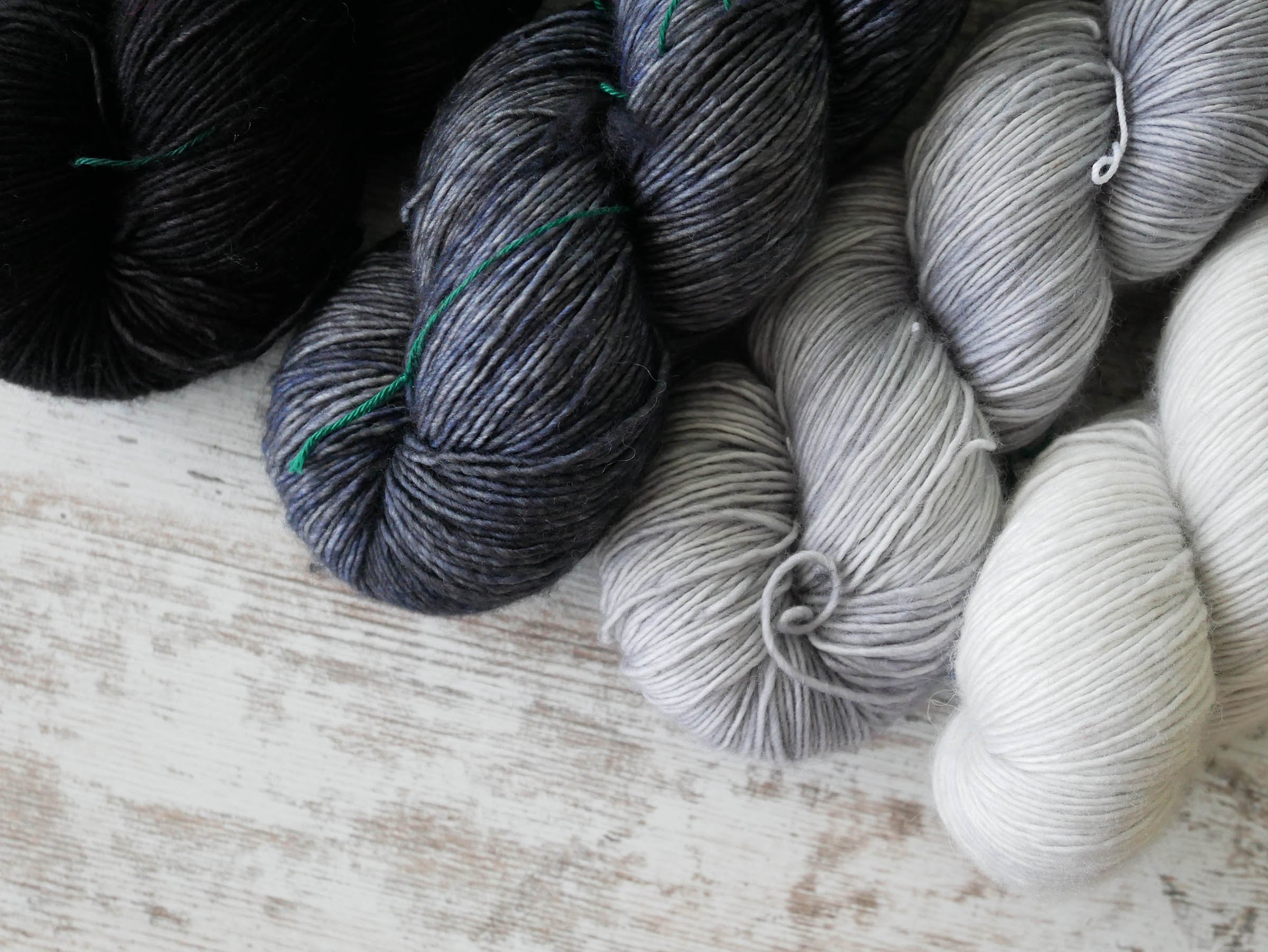
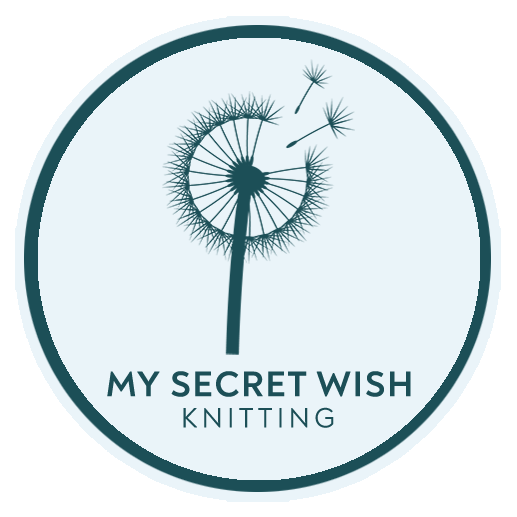


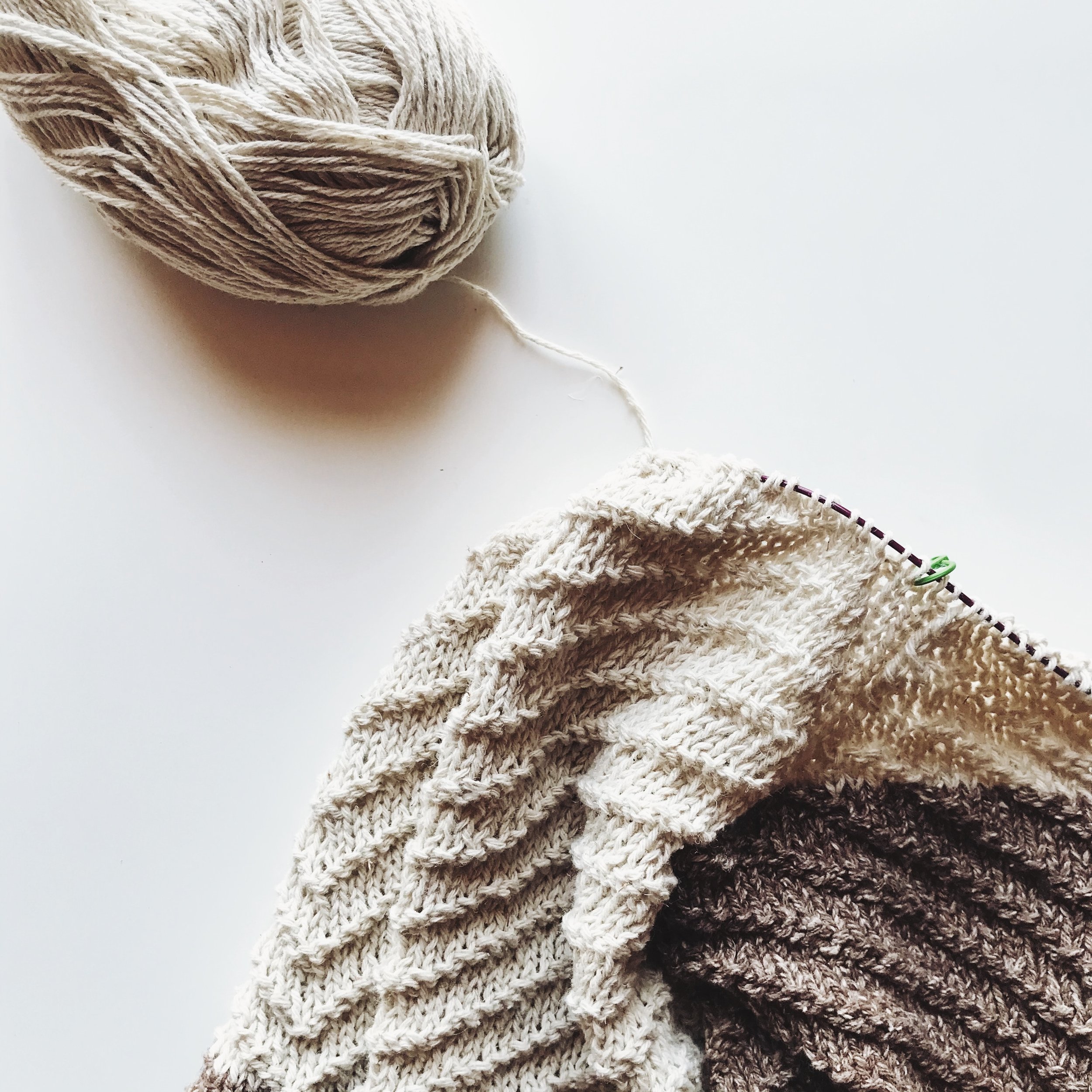







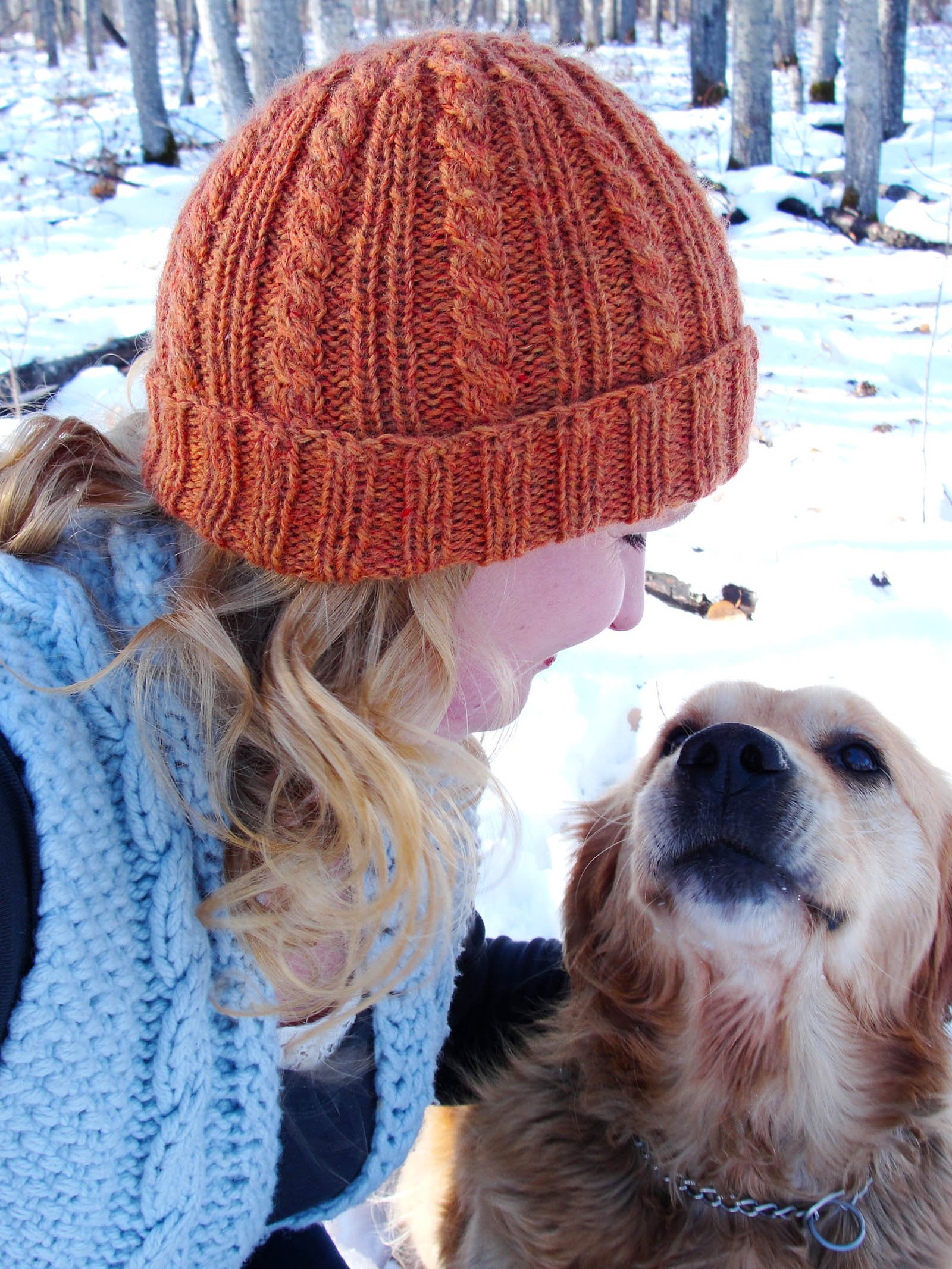


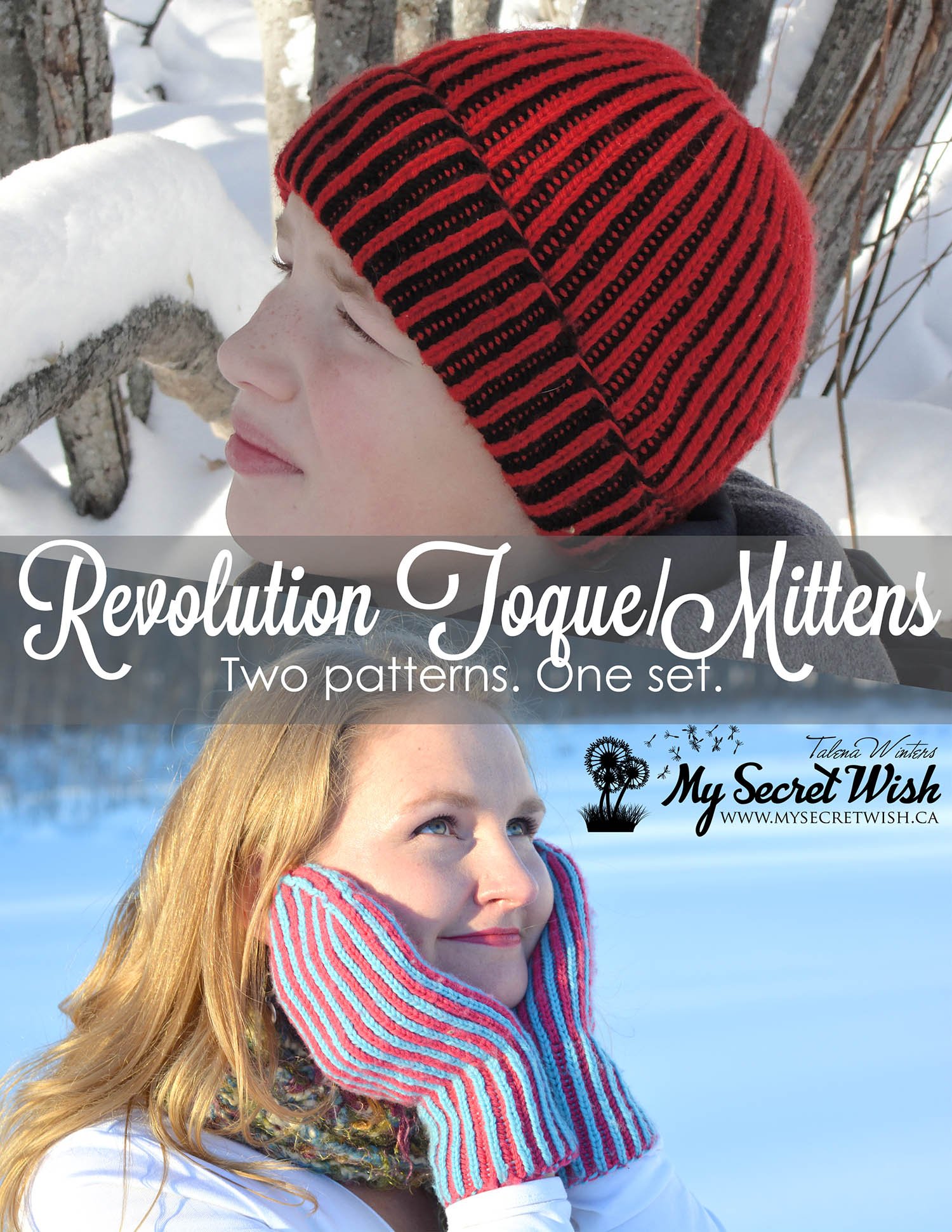

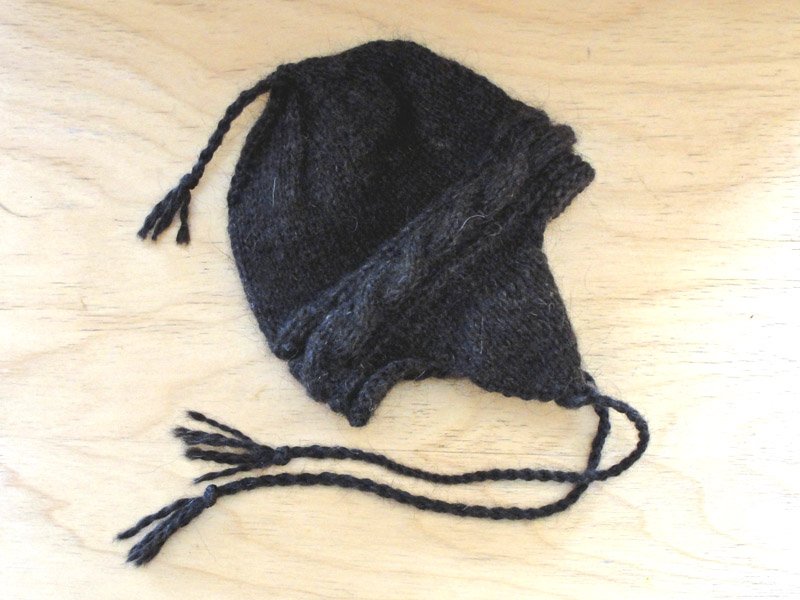

Learn how and when to use five common knitted decreases: k2tog, ssk, CCD, DCD, and BO. Also, get a free basic dishcloth pattern!